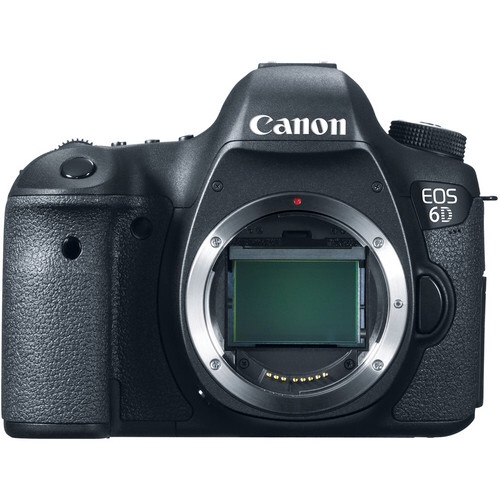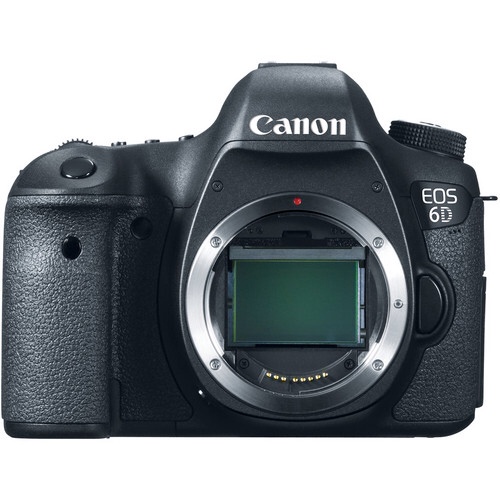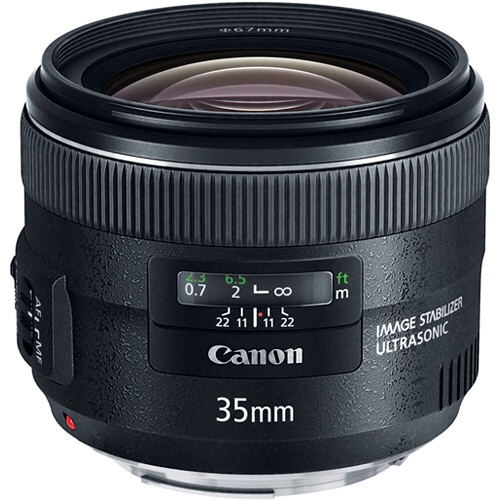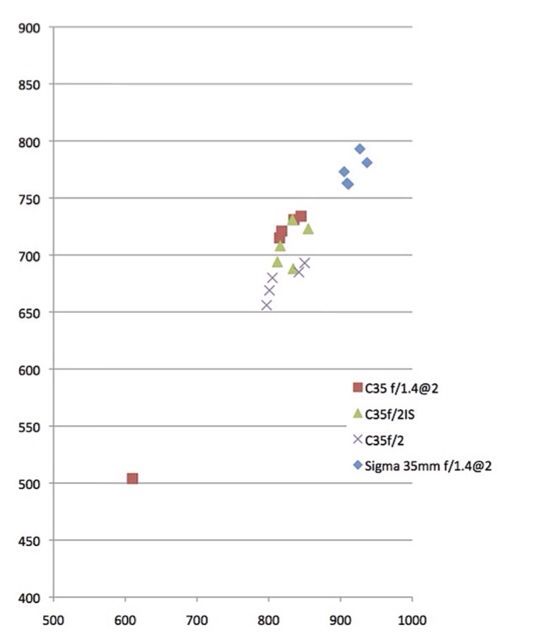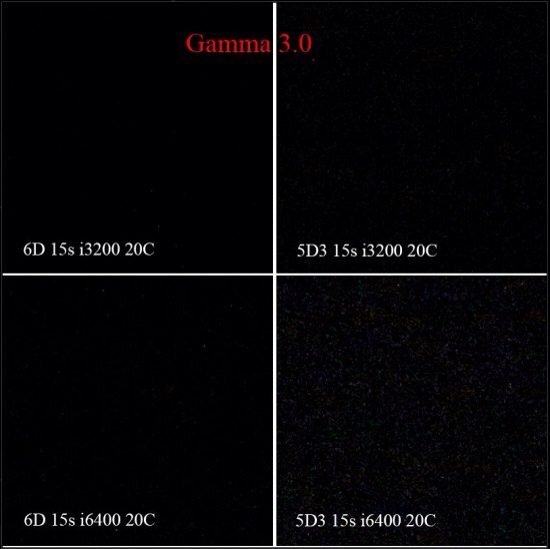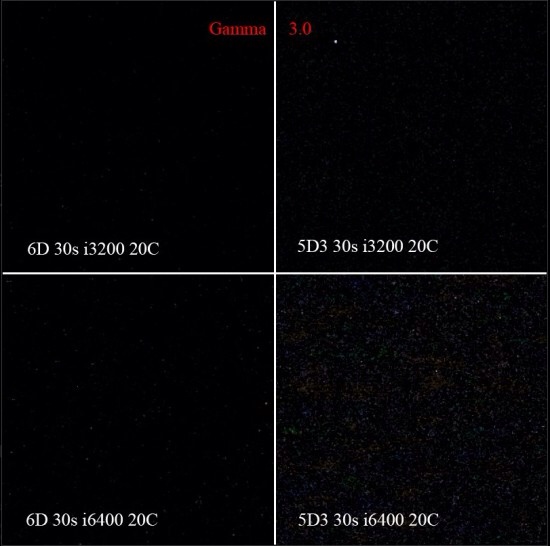Taking Stills From Motion – Is Canon Starting A Revolution With The EOS-1D C?
Micro Expressions: exploring motion image photography from untitled film works on Vimeo.
Is Canon starting a revolution with the EOS-1D C? The Canon EOS-1D C could be the camera that starts a small revolution in the photography world: Taking stills from motion. The concept is not new, this was often done in the last century from 35mm film, particularly by press photographers. The difference that the 1D-C introduces is named “4k”. The ability to shot 4k footage, i.e. 4096 x 2160 resolution, with 24 frames per seconds, means every frame is around 9 Megapixel. Compare it to 1080p resolution where you get a 2MP still.
You probably already got it: You can extract high quality stills from motion footage. And that makes a BIG difference for a professional photographer. Some may say: but 9MP is not state of the art in 2012! Resolution is not everything, light, skills, framing etc, all make up a good photo. And then: 4k is just the beginning, 8k is the next step.
The video above shows and explains that. Australian photographer and film maker Abraham Joffe received some sample units of the EOS-1D C and was able to test it for several weeks. The results are spectacular! Check the quality of the extracted stills, which have been printed and undergone deep analysis by other photographers (Philip Bloom is in the video). The idea behind the video was to investigate the possibility to take photos from the motion footage during video processing, to print them and to allow a quality test by asking professional photographers their opinion. Most of the photogs were skeptical initially, and later surprised by the results. Enough said: watch the video.
The Canon EOS-1D C is expected to (finally) be released in April 2013, and can be pre-ordered for $11,999 at the following shops (click on shop name): B&H | Adorama
[via planet5d, megapixel (translated)]



